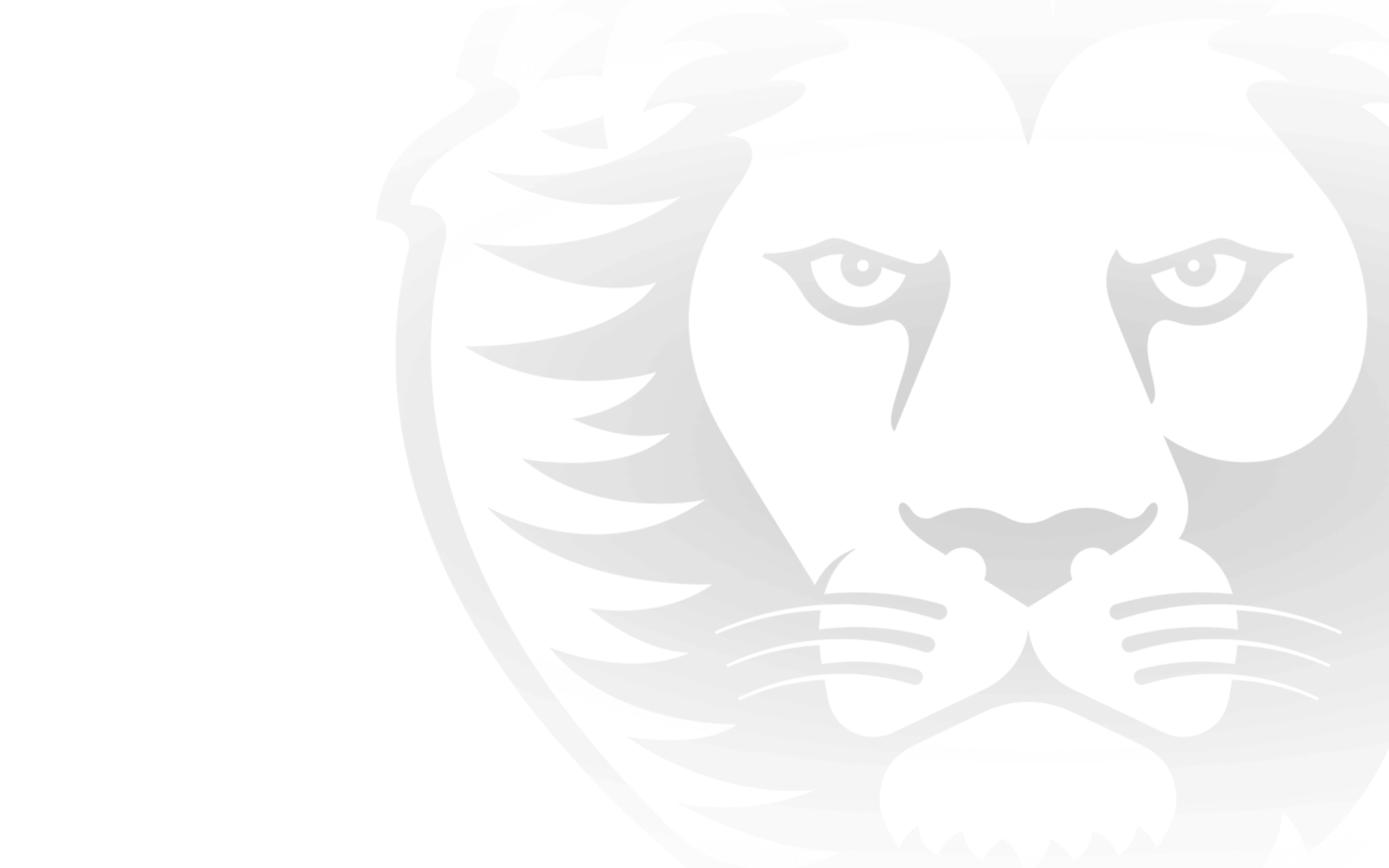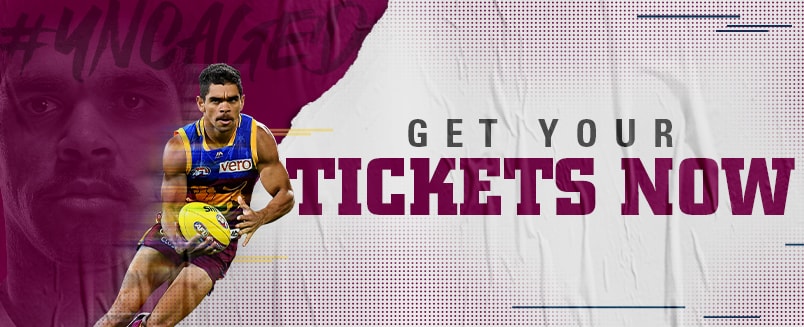Round 4 of the AFL season 32 years ago was Easter. And the fabled Easter Bunny brought regular AFL football to Queensland for the first time.
It was Sunday 19 April 1987. The Brisbane Bears, admitted to the then VFL competition with the West Coast Eagles as the League moved down the expansion path, had chosen Carrara on the Gold Coast as their home ground.
It was a long and contentious decision driven by then deputy chairman and controversial businessman Christopher Skase, with the support of chairman and television action Paul Cronin.
A multitude of options had been considered at varying levels. Boondall, QEII Stadium, the Gabba, Carrara, Chandler, Murrarie, Logan City, Windsor Park, Old Ormeau Town, Lang Park, Albion Park, Expo and the Ekka.
The original QAFL/Cronin syndicate had won the Brisbane VFL licence on a commitment to build a $7million flood-lit stadium at Boondall, adjacent to the Brisbane Entertainment Centre on land made available by the Brisbane City Council. They were reveling in the role of football pioneers, and relished the prospect of building ‘a brand spanking new stadium’ that would accommodate 25,000 spectators in a mixture of permanent grandstand seating, temporary seating and grass mounds at either end.
But Skase, the man with the money, privately had other ideas. He had a vision of building an interactive sporting theme park on the Gold Coast. He was driven by prominent Gold Coast architect Desmond Brooks, a long-time business partner who had seen similar things in the United States where patrons, for example, could play simulated golf alongside Greg Norman or tennis against John McEnroe.
Brooks’ suggestion had almost become an obsession for the Bears owner, who wanted to encapsulate the theme park concept with the football club. He also wanted to incorporate restaurants and other tourist attractions into the complex, and transport visitors by boat from the Gold Coast to Carrara.
Cronin, too, told of a vision for a multi-purpose operation that might include tennis, lawn bowls, cricket or baseball, perhaps even some movie theatres. “We needed to establish non-football revenue,” he said 17 years later. “I’d seen Melbourne clubs go to the well every year, begging for the money to keep playing. You couldn’t survive on football income alone and you had to establish other income streams. We had to be self-sufficient and Carrara offered us an opportunity to do that.”
Against staunch opposition from the QAFL, who insisted the Brisbane team should be based in Brisbane as per the license agreement, Skase got his way.
On 23 December 1986, 77 days after the club’s license had been awarded 117 days before the first home game, Cronin confirmed the Bears would take up temporary playing residence at Carrara in 1987.
He said they would spend $1million to cater for a minimum crowd of 18,000, with temporary seats for 9000 (which could be extended), mounds at each end to accommodate 5000, the existing small grandstand of 500, and a minimum of 20 sponsor boxes. Bob Barnard, who had built the temporary racetrack at the Adelaide Grand Prix, was given the monumental task of building a VFL ground virtually from scratch inside four months.
Cronin confirmed at the time that the team would still be based in Brisbane, living and training in the State capital, and would draw its supporters ‘from Noosa to Coolangatta’. He told the media a key factor in the headquarters decision was the dimensions of the playing surface at Carrara – exactly the same as the MCG.
The first VFL game at Carrara wasn’t the first VFL game in Queensland. Hawthorn and Essendon had played for premiership points at the Gabba on 28 June 1981 in front of a crowd of 20,351 which spilled out onto the greyhound track around the oval.
But it was a moment to behold, and the establishment of what is now everyday football life.
On the field the Bears had started well under coach Peter Knights, assistant-coach Mark Maclure, captain Mark Mickan and football chief Shane O’Sullivan.
Much to the surprise of the football world, the team of supposed mis-fits, has-beens and mercenaries, stunned North Melbourne at the MCG in Round 1 and Geelong at Kardinia Park in Round 2 before losing to St.Kilda at Moorabbin in Round 3. They were a respectable sixth on the ladder.
But back home the club’s administration under chief executive Ken Murphy was wrestling with an opposition of a different kind - industrial and engineering problems – as they raced against time to be ready for the first home game in Round 4.
At the time Murphy conceded “are a few areas of concern”, but many years later he admitted this was a massive understatement. There had been a delay in the arrival of supplies from Sydney and three crews were working in shifts around the clock trying to get everything ready.
Even injured Bears players Peter Smith and Craig Evans did some casual work as little things like goal posts became a problem. When they were unpacked off the truck they were too short. Instead the goal posts were used as behind posts and the club borrowed four towering rugby posts from the Albert Shire Council to use as goal posts.
But against all the odds they got to the line. Almost fortuitously, the first official visitor to Carrara was Fitzroy, the club with which 10 years later the Bears would merge to form the Brisbane Lions.
Fitzroy, too, had started the season well. After a loss to Melbourne in Round 1 they’d beaten St.Kilda and thumped North Melbourne to sit third on the ladder.
The fairytale that all within the Bears had dreamed of didn’t eventuate, They were beaten 16-18-114 to 20-9-129 despite outscoring their opponents in each of the last three quarters.
Two players were the difference - Richard Osborne and Doug Barwick. They kicked seven goals apiece, including the visiting Lions’ entire tally in a 7-2 to 1-4 first quarter blitz on what Fitzroy coach David Parkin described at the time as the best playing surface he’d seen.
The crowd was first reported to be 18,009, was later amended to 22,512, and is officially recorded by the League as 17,795.
Whatever, it was a good turnout. And yet perhaps the crowd had unwittingly harmed the home side when they brought traffic on the Gold Coast highway to a virtual stand-still. What for coach Peter Knights was normally a 45-minute journey from Brisbane took more than two hours. And he left home at 10am.
Several players, due at Carrara at 12noon, didn’t arrive until 12.45pm and the scheduled pre-match meeting had to be postponed. “I’m not saying it is the reason for the poor start but it certainly flustered a few players,” said Knights at the time. “I don’t know if it’s just Easter or the football, but we may have to look at coming down the night before in future. It’s no good for players to spend two hours sitting in traffic.
Knights, former Hawthorn champion and VFL pin-up boy, had another problem – he couldn’t see the $250,000 electronic scoreboard. It was rendered virtually useless from the coach’s box by the beaming sun and the non-arrival from the United States of shades that were designed to cut out the reflection. At no stage did he know precisely how long they’d been playing because he couldn’t read the time clock, which was located on the big screen, and he had to rely on the small scoreboard at the opposite end for the scores.
At selection, Knights had welcomed the return of centreman Geoff Raines, who had incurred a two-match suspension in Round 1, He promoted Mark Buckley for his first Bears game and Rick Norman for his only Bears game as Jim Edmond and Bernie Harris missed through injury, and Cameron O’Brien was dropped.
Keith Thomas, now the Port Adelaide CEO, made his debut with Mark Trewella in a Fitzroy side that included Queenslander Scott McIvor, who would return home to join the Bears in 1988.
It wasn’t the win the Bears had wanted, but for a club that was six months and 12 days old, it wasn’t a bad effort. And a week later when they beat Melbourne by five points for their first home win.
Teams, not in precise playing positions, were:-
BRISBANE BEARS
B: Peter Banfield, Mark Roberts, Frank Dunell
HB: Matthew Campbell, Steve Reynoldson, Chris Waterson
C: Phillip Walsh, Geoff Raines, David O’Keeffe
HF: Brenton Phillips, Mick McCarthy, Mark Buckley
F: Brad Hardie, John Fidge, Neil Hein
R: Mark Mickan, Mark Williams, Mike Richardson.
INT: Stephen Williams, Rick Norman
FITZROY
B: Graeme Hinchen, Rod Lawrie, Ross Thornton
HB Tim Pekin, Paul Roos, Darren Kappler
C: Keith Thomas, Scott Clayton, Mathew Armstrong
HF: Mick Conlan, Gary Keane, Doug Barwick
F: Mark Trewella, Richard Osborne, Bill Lokan
R: Matt Rendell, Scott McIvor, Leon Harris
INT: Graham Osborne, Mark Scott.
Match Details
Fitzroy 7-2 11-3 15-4 20-9-129
Brisbane 1-4 6-9 10-14 16-18-114
Goals: Fitzroy: Barwick 7, R Osborne 7, Armstrong, Harris, G Osborne, Scott, Thomas, Thornton. Brisbane: O’Keeffe 4, M Williams 3, Buckley 2, McCarthy 2, Raines 2, Hardie, Richardson, Walsh.
Leading Disposals:
Fitzroy: McIvor 21, Roos 21, Thornton 20, Barwick 19, Kappler 19, Thomas 19,. G Osborne 18, Keane 16.
Brisbane: Walsh 31, Reynoldson 26, Raines 23, Fidge 22, O’Keeffe 21, M Williams 21, Campbell 21, Richardson 20.
Brownlow Votes: Doug Barwick (F) 3, Steve Reynoldson (B) 2, Paul Roos (F) 1.
Umpires: Rowan Sawers, Chris Mitchell
Crowd: 17,795:



